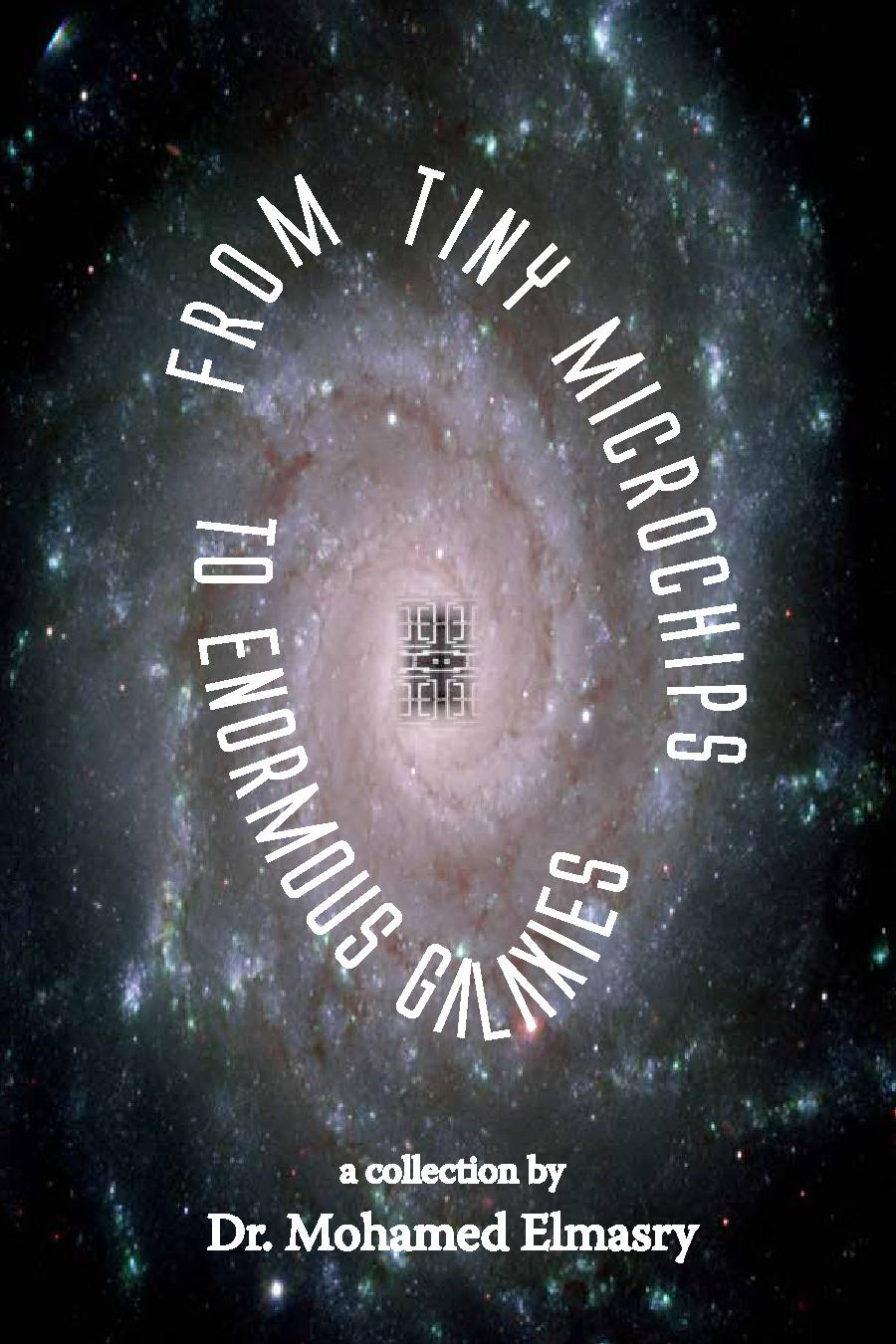May 7, 2022
Hawkish Pundits Downplay Threat of War, Ukraine's Nazi Ties
Gregory Shupak
More by this author...With the United States and Russia in a standoff over NATO expansion and Russian troop deployments along the Ukrainian border, US corporate media outlets are demanding that Washington escalate the risk of a broader war while misleading their audiences about important aspects of the conflict.
Many in the commentariat called on the US to take steps that would increase the likelihood of war. In the New York Times (12/10/21), retired US Army Lt. Col. Alexander Vindman wrote that “the United States must support Ukraine by providing more extensive military assistance.” He argued that “the United States should consider an out-of-cycle, division-level military deployment to Eastern Europe to reassure allies and bolster the defenses of the North Atlantic Treaty Organization,” even while calling for a strategy that “avoids crossing into military adventurism.” He went on to say that “the United States has to be more assertive in the region.”
Yet the US has been plenty “assertive in the region,” where, incidentally, America is not located. In 2014, the US supported anti-government protests in Ukraine that led to the ouster of democratically elected, Russia-aligned Ukrainian president Viktor Yanukovych (Foreign Policy, 3/4/14). Russia sent its armed forces into the Crimea, annexed the territory, and backed armed groups in eastern Ukraine.
Since then, the US has given Ukraine $2.5 billion in military aid, including Javelin anti-tank missiles (Politico, 6/18/21). The US government has applied sanctions to Russia that, according to an International Monetary Fund estimate, cost Russia about 0.2 percentage points of GDP every year between 2014 and 2018 (Reuters, 4/16/21).
Furthermore, the North Atlantic Treaty Organization (NATO)—a US-led military alliance hostile to Russia—has grown by 14 countries since the end of the Cold War. NATO expanded right up to Russia’s border in 2004, in violation of the promises made by the elder George Bush and Bill Clinton to Russian leaders Mikhail Gorbachev and Boris Yeltsin (Jacobin, 7/16/18).
In the Washington Post (12/24/21), Republican Sen. Rob Portman and Democratic Sen. Jeanne Shaheen jointly contended in Orwellian fashion that the Biden administration should take “military measures that would strengthen a diplomatic approach and give it greater credibility.” They wrote that “the United States must speed up the pace of assistance and provide antiaircraft, antitank and anti-ship systems, along with electronic warfare capabilities.” The authors claimed that these actions “will help ensure a free and stable Europe,” though it’s easy to imagine how such steps could instead lead to a war-ravaged Europe, or at least a tension-plagued one.
Indeed, US “military measures” have tended to increase, rather than decrease, the temperature. Last summer, the US and Ukraine led multinational naval maneuvers held in the Black Sea, an annual undertaking called Sea Breeze. The US-financed exercises were the largest in decades, involving 32 ships, 40 aircraft and helicopters, and 5,000 soldiers from 24 countries (Deutsche Welle, 6/29/21). These steps didn’t create a “stable Europe”: Russia conducted a series of parallel drills in the Black Sea and southwestern Russia (AP, 7/10/21), and would go on to amass troops along the Ukrainian border.
Afghan precedent
Max Boot, also writing in the Post (12/15/21), argued:
Preventing Russia from attacking will require a more credible military deterrent. President Biden has ruled out unilaterally sending US combat troops to Ukraine, which would be the strongest deterrent. But he can still do more to help the Ukrainians defend themselves.
The United States has already delivered more than $2.5 billion in security assistance to Ukraine since 2014, with $450 million of that coming this year. There are also roughly 150 US troops in Ukraine training its armed forces.
But Ukraine is asking for more military aid, and we should deliver it. NBC News reports that “Ukraine has asked for air defense systems, anti-ship missiles, more Javelin antitank missiles, electronic jamming gear, radar systems, ammunition, upgraded artillery munitions and medical supplies.” The Defense Department could begin airlifting these defensive systems and supplies to Kyiv tomorrow.
Later in the article, Boot contended that the US should help prepare Ukraine to carry out an armed insurgency in case Russia intensifies its involvement in Ukraine. He said that “outside support” is “usually the key determinant of the success or failure of an insurgency”: Because of aid from the US and its allies, he noted, the mujahedeen in Afghanistan “were able to drive out the Red Army with heavy casualties.” Amazingly, Boot said nothing about the many alumni of the mujahedeen in Afghanistan who joined the Taliban and al-Qaeda (Jacobin, 9/11/21).
That it might be possible to reach an agreement in which Ukraine remains neutral between NATO and Russia (Responsible Statecraft, 1/3/22) is not the sort of possibility that Boot thinks is worth exploring. He apparently would prefer to dramatically increase the danger of armed conflict between two nuclear powers.
Whitewashing Nazis
US media should present Americans with a complete picture of Ukraine/Russia so that Americans can assess how much and what kind of support, if any, they want their government to continue providing to Ukraine’s. Such a comprehensive view would undoubtedly include an account of the Ukrainian state’s political orientation. Lev Golinkin in The Nation (5/6/21) outlined one of the Ukrainian government’s noteworthy tendencies:
Shortly after the Maidan uprising of 2013 to 2014 brought in a new government, Ukraine began whitewashing Nazi collaborators on a statewide level. In 2015, Kyiv passed legislation declaring two WWII-era paramilitaries—the Organization of Ukrainian Nationalists (OUN) and the Ukrainian Insurgent Army (UPA)—heroes and freedom fighters, and threatening legal action against anyone denying their status. The OUN was allied with the Nazis and participated in the Holocaust; the UPA murdered thousands of Jews and 70,000–100,000 Poles on their own accord.
Every January 1, Kyiv hosts a torchlight march in which thousands honor Nazi collaborator Stepan Bandera, who headed an OUN faction; in 2017, chants of “Jews Out!” rang out during the march. Such processions (often redolent with antisemitism) are a staple in Ukraine….
Ukraine’s total number of monuments to Third Reich collaborators who served in auxiliary police battalions and other units responsible for the Holocaust number in the several hundred. The whitewashing also extends to official book bans and citywide veneration of collaborators.
The typical reaction to this in the West is that Ukraine can’t be celebrating Nazi collaborators because it elected [Volodymyr] Zelensky, a Jewish president. Zelensky, however, has alternated between appeasing and ignoring the whitewashing: In 2018, he stated, “To some Ukrainians, [Nazi collaborator] Bandera is a hero, and that’s cool!”
Furthermore, according to a George Washington University study, members of the far-right group Centuria are in the Ukrainian military, and Centuria’s social media accounts show these soldiers giving Nazi salutes, encouraging white nationalism and praising members of Nazi SS units (Ottawa Citizen, 10/19/21). Centuria leaders have ties to the Azov movement, which “has attacked anti-fascist demonstrations, city council meetings, media outlets, art exhibitions, foreign students, the LGBTQ2S+ community and Roma people”: the Azov movement’s militia has been incorporated in the Ukrainian National Guard (CTV News, 10/20/21). Azov, the UN has documented, has carried out torture and rape.
Absent information
The fact that that Ukraine’s government and armed forces include a Nazi-sympathizing current surely would have an impact on US public opinion—if the public knew about it. However, this information has been entirely absent in recent editions of the New York Times and Washington Post.
From December 6, 2021, to January 6, 2022, the Times published 228 articles that refer to Ukraine, nine of which contain some variation on the word “Nazi.” Zero percent of these note Ukrainian government apologia for Nazis or the presence of pro-Nazi elements in Ukraine’s armed forces. One report (12/21/21) said:
On Russian state television, the narrative of a Ukraine controlled by neo-Nazis and used as a staging ground for Western aggression has been a common trope since the pro-Western revolution in Kyiv in 2014.
Nothing in the article indicates that while “controlled” may be a stretch, the Ukrainian government officially honors Nazi collaborators. That doesn’t mean Russia has the right attack Ukraine, but US media should inform Americans about whom their tax dollars are arming.
In the same period, the Post ran 201 pieces that mention the word “Ukraine.” Of these, six mention the word “Nazi,” none of them to point out that the Ukrainian state has venerated Holocaust participants, or that there are Nazis in the Ukrainian military. Max Boot (1/5/22) and Robyn Dixon (12/11/21), in fact, dismissed this fact as mere Russian propaganda. In Boot’s earlier Ukraine piece (12/15/21), he acknowledged that the UPA collaborated with the Nazis and killed thousands of Polish people, but his article nevertheless suggested that the UPA offer a useful model for how Ukrainians could resist a Russian invasion, asserting that “all is not lost” in case of a Russian invasion, because “Ukrainian patriots could fight as guerrillas against Russian occupiers”:
They have done it before. The Ukrainian Insurgent Army (UPA) was formed in 1942 to fight for that country’s independence. Initially, it cooperated with Nazi invaders but later fought against them. When the Red Army marched back into Ukraine in 1943, the UPA resisted. The guerrillas carried out thousands of attacks and inflicted thousands of casualties on Soviet forces while also massacring and ethnically cleansing the Polish population in western Ukraine. The UPA continued fighting until the 1950s, forcing Moscow to mobilize tens of thousands of troops and secret policemen to restore control.
“All is not lost,” for Boot, though the lives of thousands of Poles and Jews were, the latter of whom he didn’t bother to mention. Calling the perpetrators of such atrocities “Ukrainian patriots” is a grotesque euphemism that, first and foremost, spits on the victims, and also insults non-racist Ukrainians. After a two-paragraph interval, Boot wrote that the Ukrainian government needs to start distributing weapons now and, with the help of US and other Western military advisers, training personnel to carry out guerrilla warfare. Volodymyr Zelensky’s government should even prepare supply depots, tunnels and bunkers in wooded areas, and in particular in the Carpathian Mountains, a UPA stronghold in the 1940s.
Evidently neither the UPA’s precedent of fascist massacres, nor the presence of similarly oriented groups in contemporary Ukraine’s armed forces and society, give Boot pause. He’d rather the US continue flooding the country with weapons; the consequences aren’t a concern of Boot’s.
Readers seeking riotous calls to violence in Eastern Europe should turn to the Times and the Post, but those who are interested in a thoroughgoing portrait will be disappointed.
Published on Fair.org January 15, 2022
Gregory Shupak teaches media studies at the University of Guelph-Humber in Toronto. His book, The Wrong Story: Palestine, Israel and the Media, is published by OR Books.







